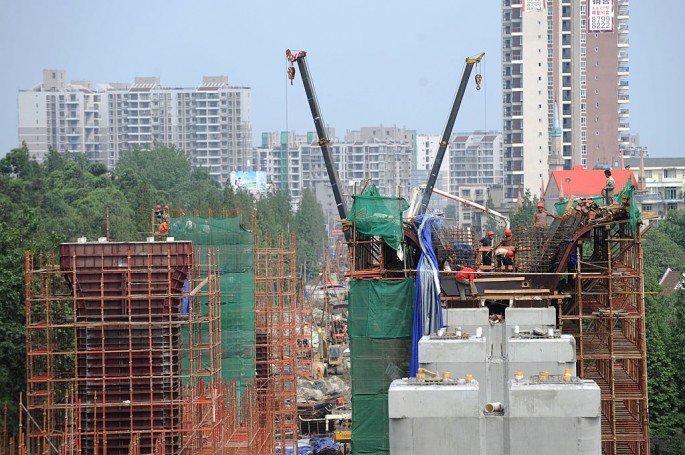China's slowdown has greatly affected the northeastern province, causing its economy to drop 1 percent in the first half of 2016, Bloomberg reported.
But despite the recession affecting mostly local areas, regional data for the first six months showed that 15 of the country's 31 provinces posted economic growth. Three provinces maintained its growth led by Chongqing.
The data shows that the provincial economy is stabilizing as the property market recovers and government provided fiscal support through policies.
This was made possible by the People's Bank of China, which did not change its benchmark policy rate, and poured money into banks for government-approved projects, such as infrastructure projects that provide employment in some areas.
On Wednesday, Aug. 3, China's economic planner urged the central bank to further ease monetary funding to boost investment and lower business cost. It also called for the implementation of a proactive fiscal policy to encourage investment.
To encourage investments such as fixed assets, the government sent officials across the country to find ways to drive up spending by the private sector.
In Qinghai, one of the poorest provinces, private investment dropped 13.8 percent in the first half of the year but as government and state-owned corporations raised their investments, the overall fixed asset investment rose by 12 percent.
A similar strategy was taken up by other provinces. Local governments in Inner Mongolia and Shandong raised their investment spending on infrastructures such as railways, roads, water treatment facilities, and telecom networks which reached levels that double the national scale.
Guangdong, the country's biggest regional economy, on the other hand, received less from the government, gaining a modest 3.4 percent in infrastructure investment even though property and private investment there outpaced other regions.
In Beijing, factory output increased by 1.7 percent in the first half from a year earlier, while in Shanghai, industrial production dropped 4.4 percent. About two-thirds of the economies of the two cities are contributed by the service sector as both metropolises are closing down its factories for cleaner air.
Liaoning's factory output also dropped by 7.7 percent in the first six months, causing factory workers to leave which made it the worst performing economy in the country.
Chongqing, which is directly managed by the central government, posted a 10.6 percent growth rate in the first half. As factories relocate to the inland city-province for cheaper land and labor, its industrial output rose by 10.2 percent.
Heilongjiang has not released its economic growth data yet.



























